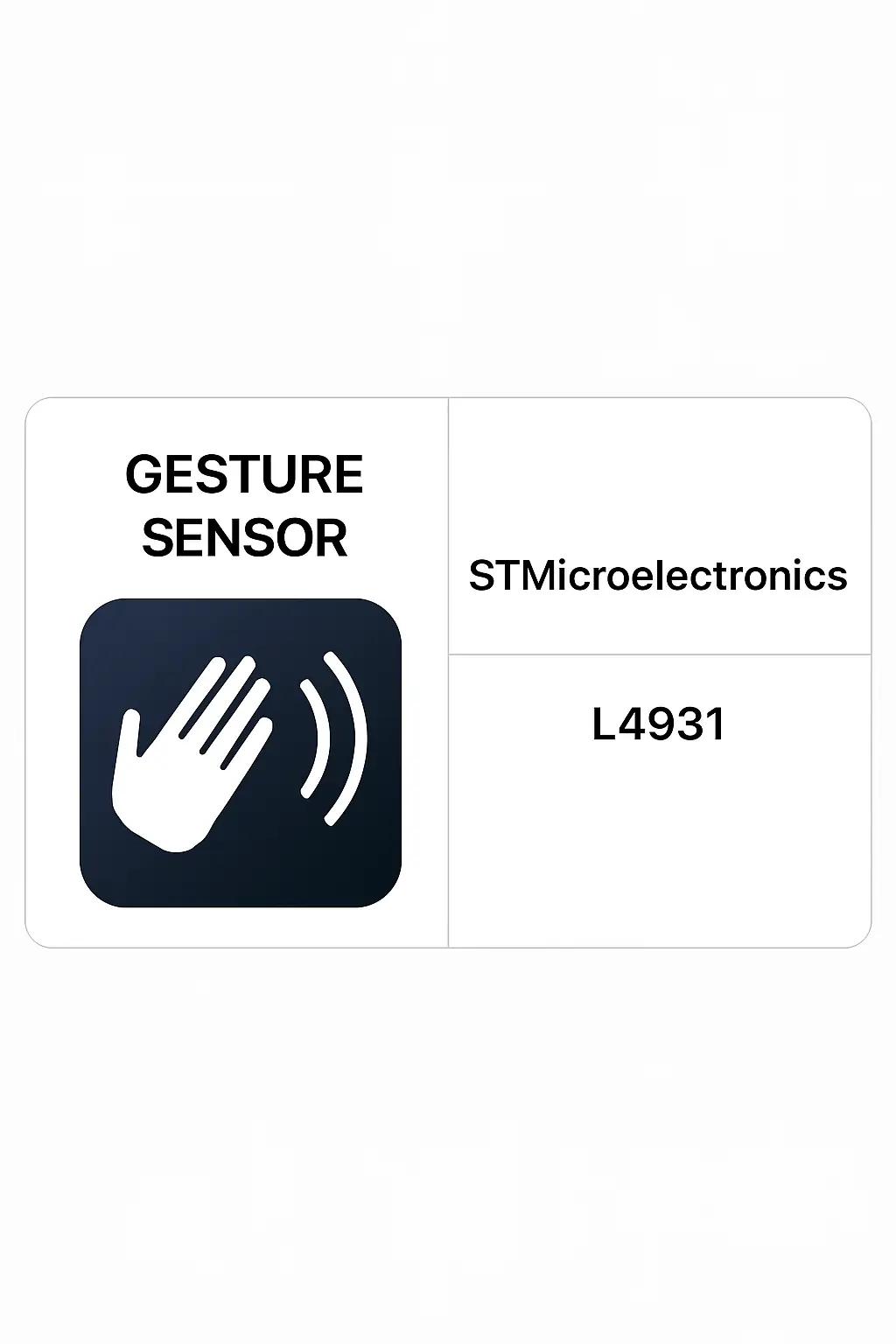Gesture Sensor
The Gesture Sensor is a key component in the Infotainment & Digital Cockpit system of modern Automotive Electronics, designed to enhance user interaction through Voice, Gesture, and HMI Input. This advanced sensor enables drivers and passengers to control in-vehicle functions using natural hand movements or gestures, improving convenience and safety by minimizing manual input.
The gesture sensor works by detecting and interpreting hand motions within a defined area, typically near the center console or touchscreen. It uses technologies such as infrared, cameras, or radar to track movement with high precision. This allows users to perform actions like adjusting volume, changing music tracks, or navigating menus without taking their eyes off the road.
This technology is widely used in high-end vehicles to support digital cockpits, where traditional physical buttons are replaced with touchscreens and interactive displays. The gesture sensor enhances the user experience by offering an intuitive and responsive way to interact with the infotainment system.
Applications include controlling media, accessing navigation, managing climate settings, and even activating voice assistants through hand gestures. It is especially beneficial in reducing driver distraction and improving overall vehicle usability.
By integrating gesture sensors into automotive electronics, manufacturers provide a more seamless and futuristic driving experience, aligning with the growing demand for smart, connected, and user-friendly vehicle systems.
Details
Gesture Sensor

Related Parts
| Series Name | Description | Manufacturer Name | Attribute Description |
|---|---|---|---|
| STMicroelectronics | 3.3V fixed low-dropout voltage regulator, 1.5A output current, 4.5V to 26V input voltage range, low quiescent current, thermal and overcurrent protection, available in TO-220 and D²PAK packages. |








.png?x-oss-process=image/format,webp/resize,h_32)










